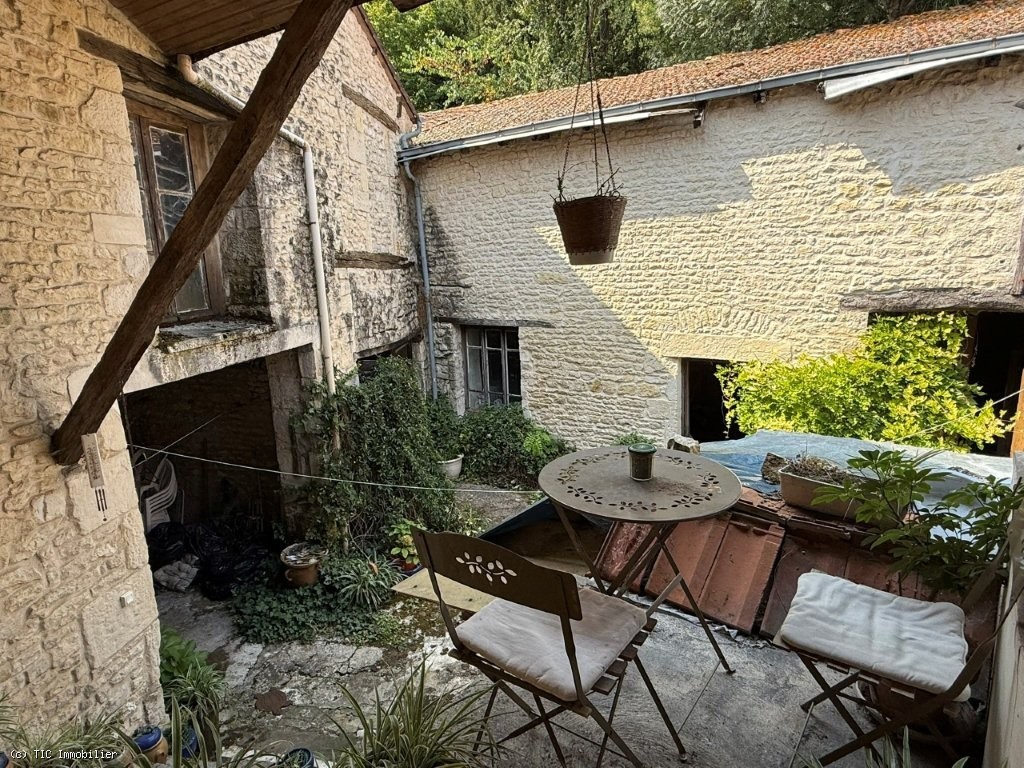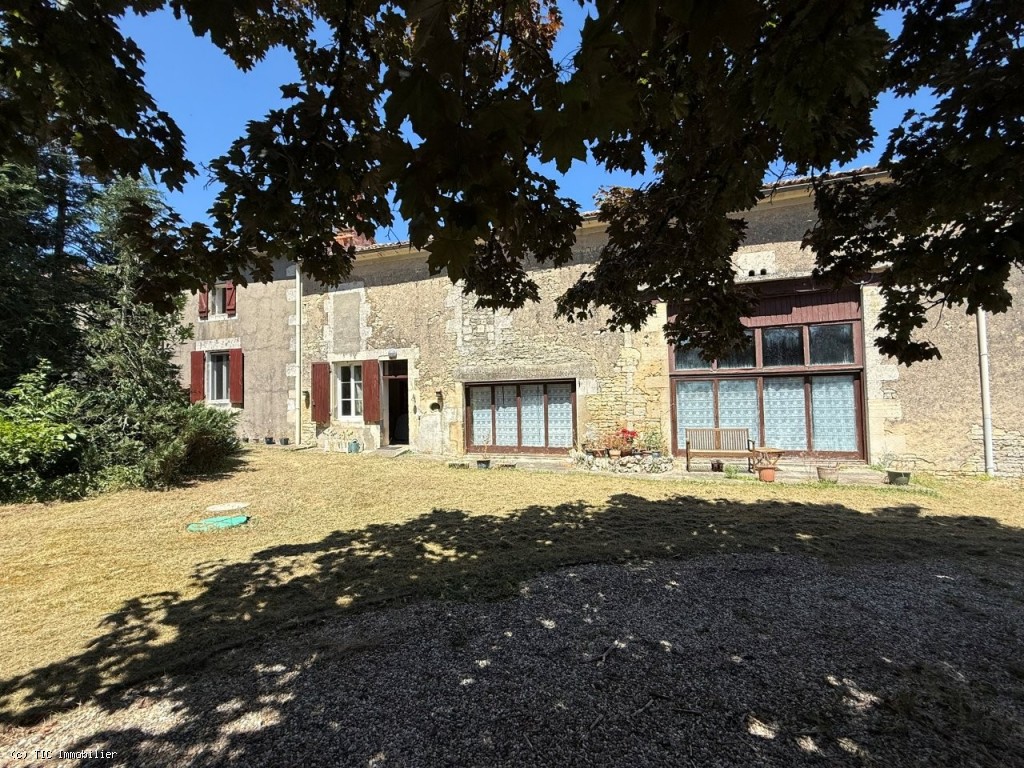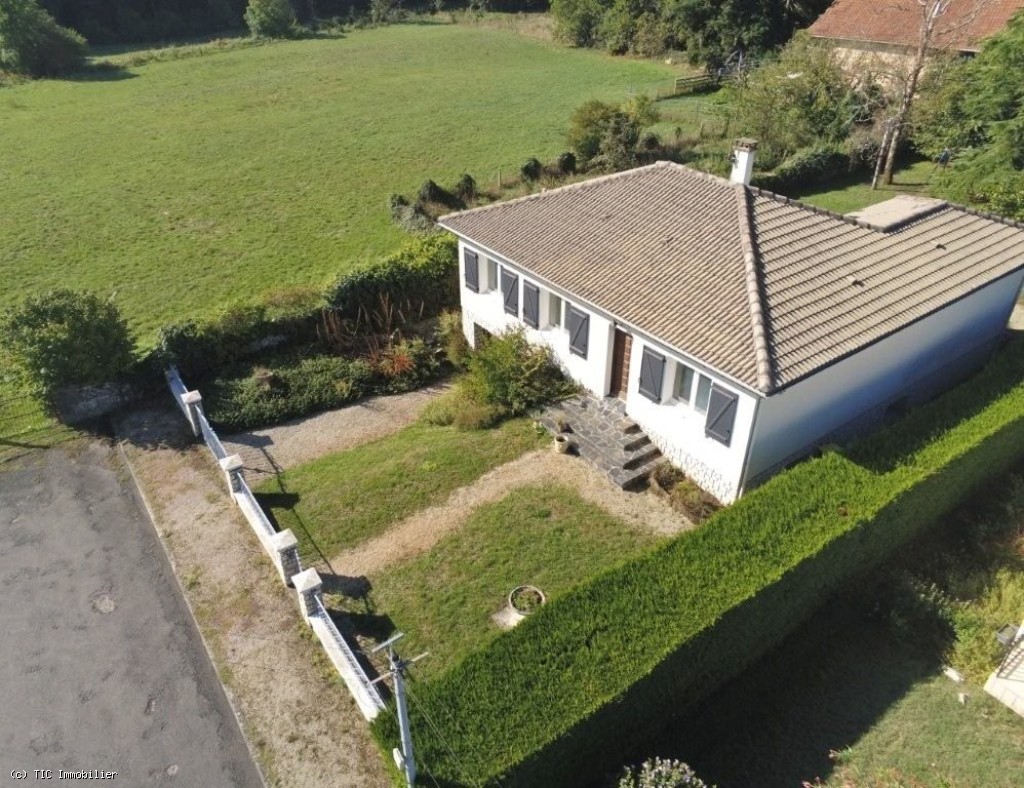The Annual Autumn Garden Cut Back (Or Not)

Our very own Monty Don / Adam Frost here in our corner of France, Barry WATTON from Le Jardin Contemporain, shares his advice on whether we should be cutting back in the gardens at this time of year:
I advocate making use of the garden ‘down time’ during autumn and throughout winter to get ahead of the game so that you can start enjoying the garden right from spring. If you wait until spring to restart your garden maintenance regime you may not be able to fully enjoy it until summer. Waiting until spring for renovation or redesign work is often too late to have the garden looking good for that same year.
However, I have one exception to this general rule of mine, I think, for good reason.
Traditionally it has been standard gardening practice to ‘put the garden to bed’ at the end of autumn. This involves cutting back all herbaceous perennials to the ground and clearing the site entirely of this material, together with any fallen leaves or other plant material. It is still commonplace for many gardeners to strip their gardens bare in preparation for winter, believing this to be good gardening practice.
There are some pros to this method of garden maintenance, especially for those who like their gardens tidy and highly organised. Cutting down all stems and the foliage from herbaceous perennials does allow air to fully circulate through the bed. Some gardeners worry that leaving decaying plant material in the beds can increase the chances of fungal and other diseases overwintering, ready to attack come spring.
Likewise, there are concerns that snails and other garden nasties can be given a winter home by leaving dead plant material over winter. I certainly have some sympathy for this approach. Slugs and snails, particularly in a mild and wet area like Bristol, were the bane of my existence (that was at least until the next door neighbour’s new cat started using my garden as a toilet and then a few snails here and there didn’t seem so bad after all!). Exposing the beds bare leaves the snails very few places to hide.
However, there are downsides to this approach also and, unless you do this already, I would like to try to persuade you to resist the temptation to strip everything back this autumn and (with one or two exceptions) instead leave your herbaceous perennials to stand as they are and not touch them again until the end of February/early March.
PLANT HEALTH
In nature plants grow, decay and regrow the following year more often that not just fine without the interference of man. Indeed, leaf drop is nature’s way of mulching and feeding the soil year after year. Stripping the borders of organic material each autumn results in a stark, deserted, sterile and somewhat unnatural space in my opinion.
Not all fungi are bad and indeed many plants need the presence of soil fungi to obtain their essential nutrients from the soil. Encourage soil fungi. Leaving organic matter to rot in situ is a simple way of doing that.
In my own garden in Bristol I used this method for a period of several years (my UK clients refused to be persuaded that leaving things standing is good horticultural practice), where the climate is both mild and wet for most of the winter period. Using this method never seemed to affect plants to their detriment. In fact, come February it was not unusual to see healthy regrowth already emerging from the base of each plant. Leaving the topgrowth on over the winter does seem to offer the plants a micro climate beneath allowing them to get started earlier under their protective cover.
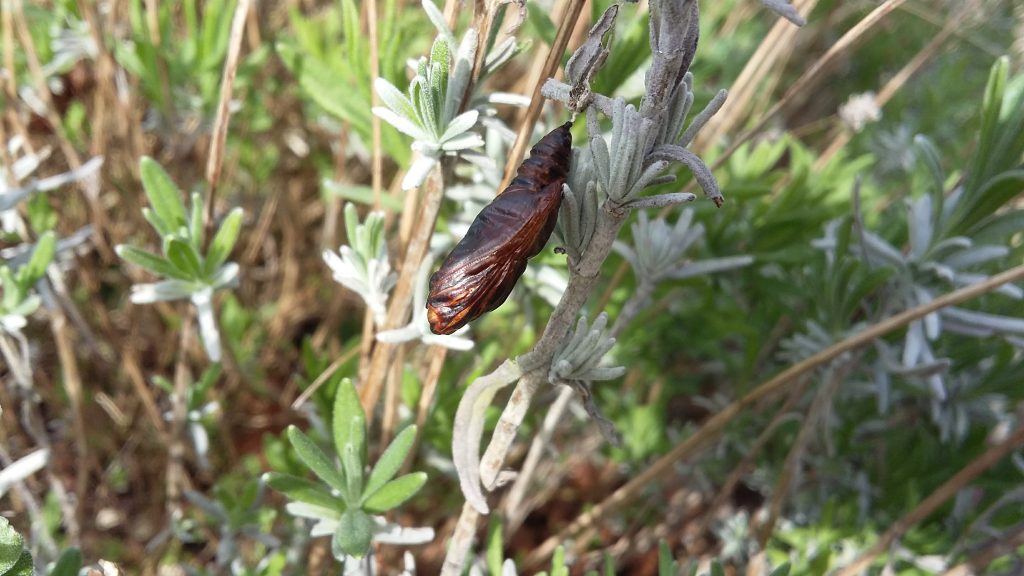
WILDLIFE
Leaving herbaecous plants standing has obvious wildlife benefits too. All manner of insects, butterflies/caterpillars and surface-dwelling worms and can overwinter in the decayed stems and leaves. Yes, there is the chance you will also be giving a winter home to the odd nasty, but there will also be enough ‘good’ bugs around in spring (because of the snug winter home you have provided) to keep them in check or eradicate them entirely without the need for your further interference or pesticide use.
You may also find you will be giving a good winter home to hedgehogs who sometimes hibernate under the protective cover of ornamental grasses. Hedgehogs will devour your snails and slugs in no time at all.
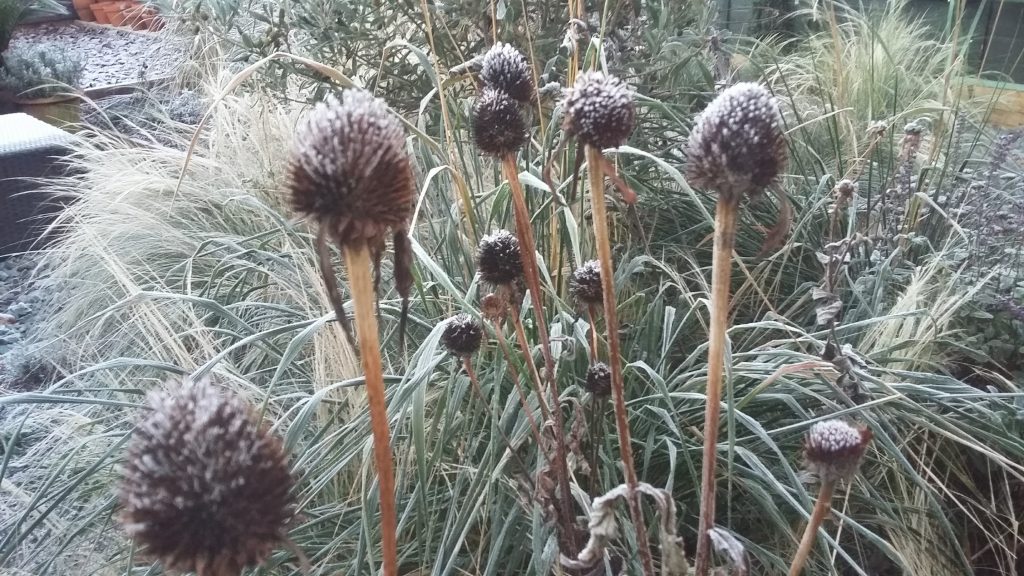
Those plants left with their seed heads standing over winter has obvious wildlife benefits as far as birds are concerned. Rudbeckia and Echinacea are good examples. Having a strong bird presence in your garden is also good for keeping pests in check.
AESTHETICS
Believe it or not, there is also an aesthetic appeal to leaving the dead growth in situ over winter. Yes, you read that right. Go out into the garden early on a frosty morning and you will be captivated by the sugar frosting of the dark sillouetted landscape.
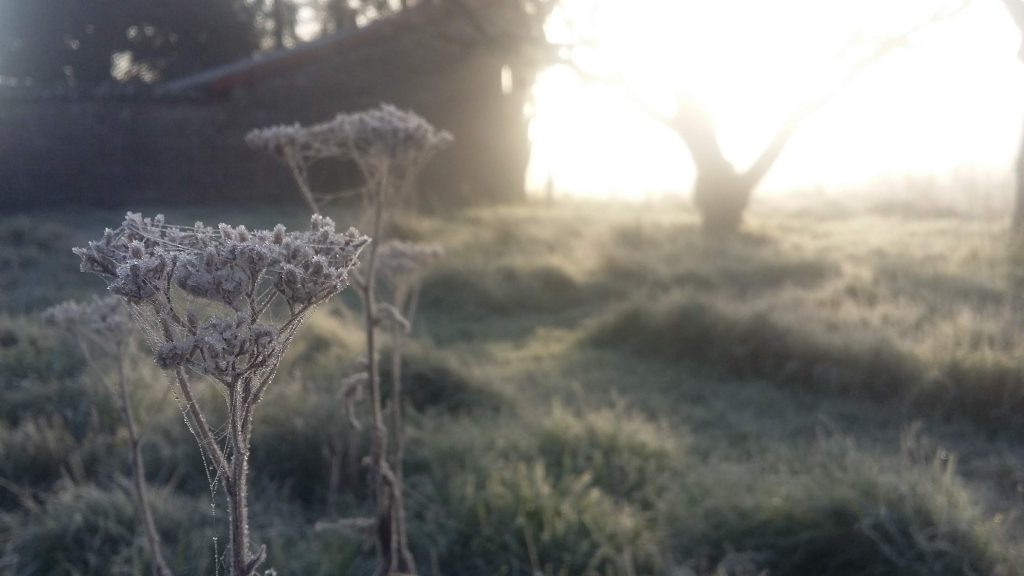
This is a look which for some can take some getting used to for those used to the more traditional approach, but clients often ask for a garden that looks good all year round and this is one way of achieving that aim.
All that said, the choice of planting has to be right for this approach to work well from an aesthetic point of view. There are always plants that will simply collapse into an unsightly mush at the first sign of frost. These are either best planted few and far between, or avoided altogether in the planting scheme, to achieve the desired effect. Herbaceous plants with good structure lend themselves very easy to this approach to gardening. Grasses are obvious choices, but also consider plants from the Lamiaceae, Verbenaceae, Asteraceae or Apiacae families, which have strong stems that continue to stand upright and look good even when the plant is finished doing its thing. Evergreen euphorbias and Eryngium yuccifolium are also good choices.
If you do not already garden in this way, I ask you to give this method a try this autumn/winter and let me know your thoughts come next spring. I too will be leaving my herbaceous perennials standing as always and will be share my winter garden photographs via my instagram account. If you have any impressive photographs of the frosts this winter, I would love to see them.
If you would like help with any winter renovation works, garden planning, or would like to have in your own garden a planting scheme that lends itself to this method of gardening, please get in touch here.
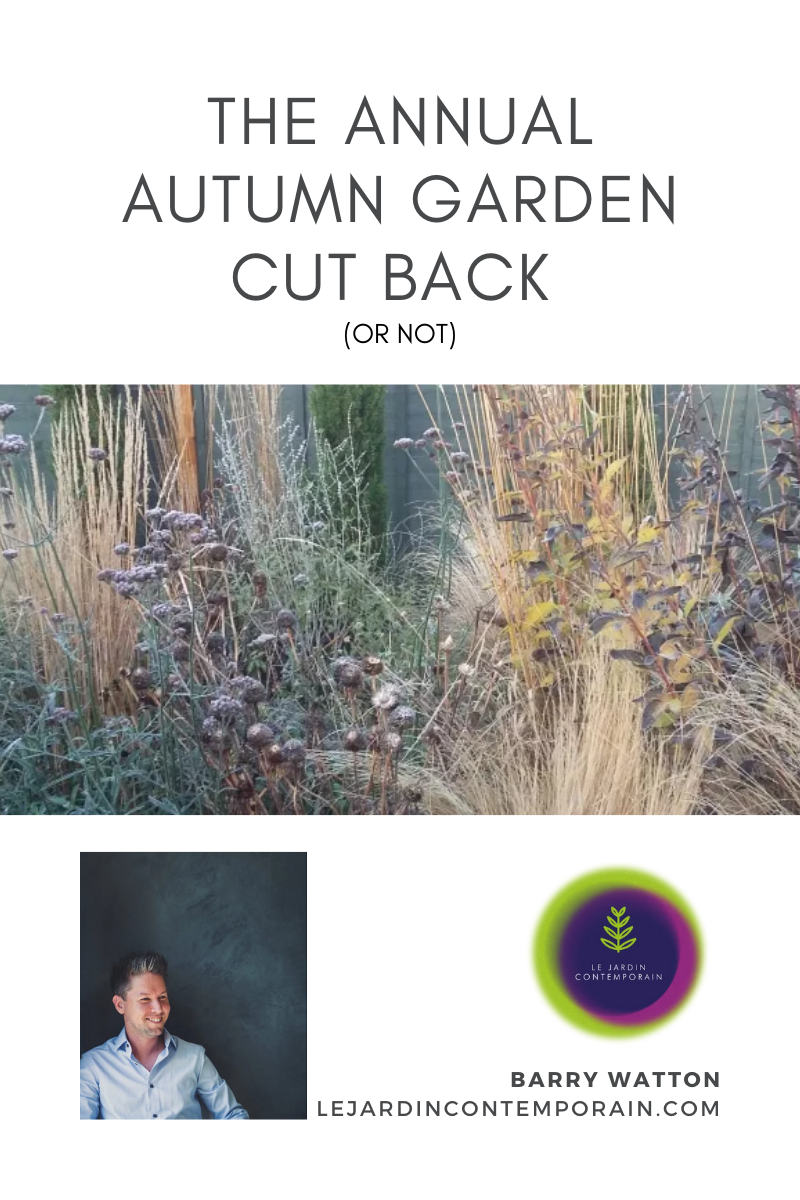
Barry discovered a passion for gardening following the purchase of his own home. Seeking a deeper knowledge of the underlying principles of horticulture he studied for three years at the University of Bristol’s Botanic Gardens and qualified in garden planning, construction and planting design with the Royal Horticultural Society.
He left Bristol in the UK in early 2018 to start a new life in France with his wife and two children, and now lives in Voulême, working in the surrounding areas.





